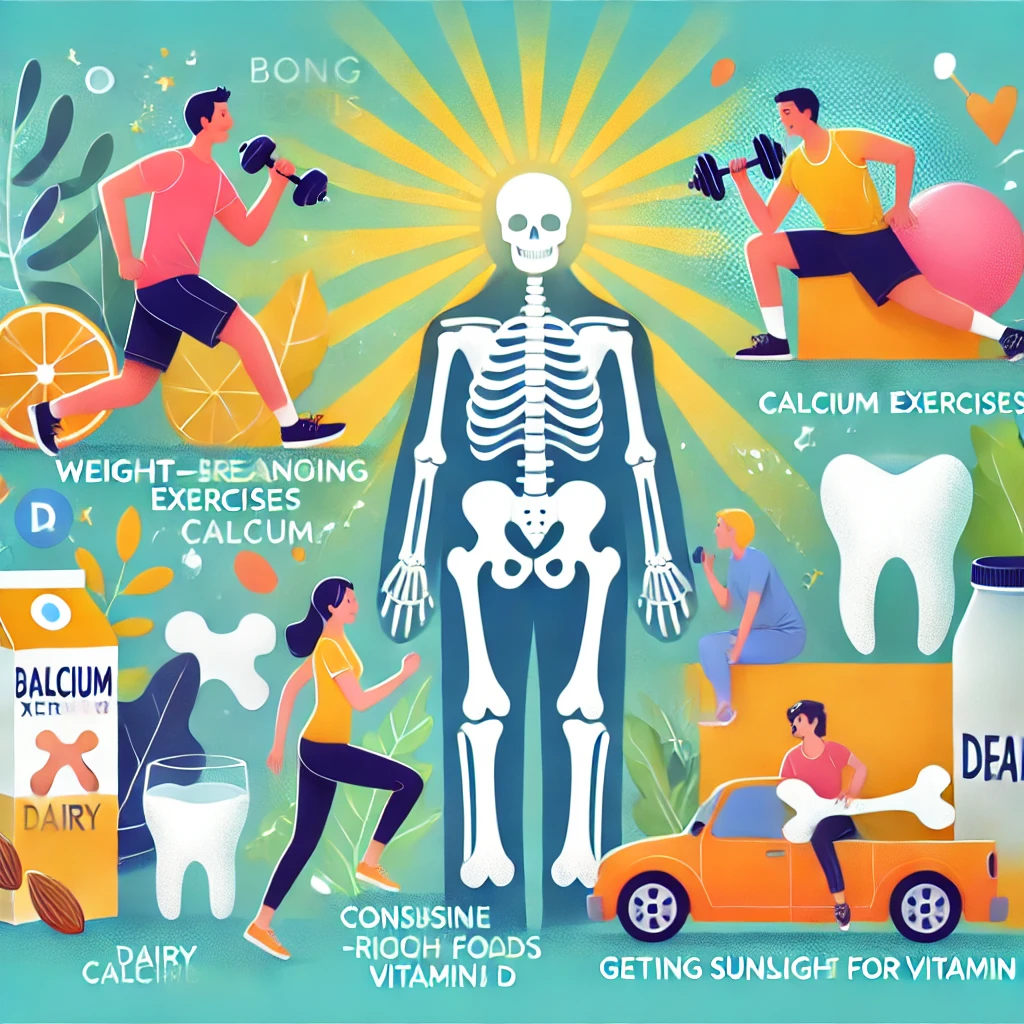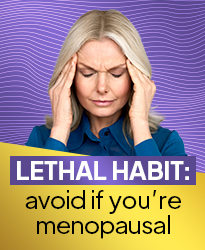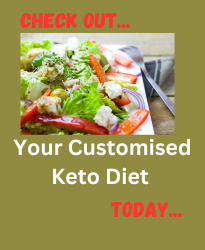Osteoporosis: the word itself sounds like the name of an ancient Greek philosopher who pondered brittle matters. But in reality, it’s less about deep thinking and more about your bones becoming as fragile as your ego after reading the comments section on social media. The good news? You can prevent osteoporosis with a clever mix of nutrition, exercise, and a dash of common sense—something not always available in health fads. So, let’s embark on this calcium-rich journey together, with enough humour to keep you entertained and enough facts to keep your skeleton standing tall.
The Bare Bones: What Is Osteoporosis?
Before we dive into how to prevent osteoporosis, let’s understand what we’re dealing with. Imagine your bones are like a well-constructed sponge cake—light, yet firm. Osteoporosis is what happens when that cake loses its structure and starts to crumble. It’s a condition where bones become porous, fragile, and prone to fractures. This isn’t about taking a dramatic fall from a horse while jousting in medieval tournaments; it can be as simple as sneezing aggressively or stepping off a curb with the confidence of someone who’s underestimated gravity.
The culprits? Age, hormonal changes, poor nutrition, lack of exercise, and sometimes genetics (thanks, ancestors!). But fear not! You don’t need to bubble-wrap yourself and live in a padded room. Instead, focus on two key weapons: nutrition and exercise.
Prevent Osteoporosis with Bone-Boosting Nutrition
The Calcium Chronicles
When people think of how to prevent osteoporosis, calcium is the star of the show. It’s like the Meryl Streep of minerals—versatile, essential, and deserving of all the awards. Calcium is the main building block of your bones, and your body treats it like a VIP guest, storing most of it in your skeleton.
Where can you find this superstar nutrient? Dairy products like milk, cheese, and yoghurt are the obvious candidates. But if you’re lactose intolerant or just hold a personal grudge against cows, don’t worry. Leafy greens (think kale, bok choy, and broccoli), almonds, tofu, and fortified plant-based milks are calcium-rich alternatives.
Join Our Mailing List
Register now to get our hints and tips newsletter directly to your inbox
Vitamin D: The Unsung Hero
If calcium is the lead actor, vitamin D is the best supporting actor, quietly making sure calcium gets absorbed properly. Without vitamin D, calcium would just loiter around, unsure of its purpose. The best source? Sunshine. Just 10-15 minutes of sunlight a day can work wonders, but if you live somewhere that the sun treats like an ex (rarely showing up), fatty fish, egg yolks, and fortified foods can fill the gap.
Protein Power
Protein isn’t just for gym enthusiasts who grunt while lifting weights. It’s crucial for bone health because your bones are partly made of protein. Aim for a balanced intake from sources like lean meats, fish, beans, lentils, and nuts. But don’t go overboard—we’re building bones, not entering a bodybuilding competition.
Magnesium and Vitamin K: The Underappreciated Duo
Magnesium helps with calcium absorption, while vitamin K ensures calcium ends up in your bones and not gallivanting around your arteries. Think of them as the road crew ensuring the superstar (calcium) reaches the right stage (your bones). Nuts, seeds, whole grains, and green leafy vegetables are rich in magnesium, while vitamin K hides out in spinach, kale, and Brussels sprouts.
Prevent Osteoporosis with Exercise That Rocks (and Rolls)
Weight-Bearing Workouts
Weight-bearing exercises are like tough love for your bones. They stress your skeleton in a healthy way, encouraging it to become denser and stronger. This doesn’t mean you need to carry a sack of potatoes everywhere (unless that’s your thing—no judgment). Instead, try activities like:
- Walking or Hiking: Add a backpack if you’re feeling adventurous.
- Dancing: Yes, your kitchen disco counts.
- Tennis or Pickleball: Because nothing strengthens bones like the fear of losing to your neighbour.
Resistance Training
Resistance training is like personal coaching for your bones. Lifting weights, using resistance bands, or even body-weight exercises like squats and push-ups can significantly improve bone density. Plus, it’s satisfying to feel strong enough to open stubborn jars without resorting to pleading.
Balance and Flexibility Exercises
Falling is the nemesis of fragile bones, so improving your balance and flexibility is key. Try:
- Yoga: Great for flexibility, balance, and impressing friends with your tree pose.
- Tai Chi: Gentle, graceful, and oddly hypnotic.
- Pilates: Core strength equals better balance and fewer face-plant incidents.
Lifestyle Tweaks to Prevent Osteoporosis
Kick the Bad Habits
Smoking and excessive alcohol are like villains in the story of your bone health. Smoking reduces blood flow to bones, while alcohol interferes with calcium absorption. Cut back or quit, and your bones (and the rest of your body) will throw a party in your honour.
Maintain a Healthy Weight
Being underweight increases the risk of bone loss, while obesity can strain your skeleton. Aim for that Goldilocks zone: not too heavy, not too light, but just right.
Stay Hydrated
Water isn’t just for plants. Staying hydrated supports every system in your body, including your bones. Plus, drinking plenty of water keeps you alert, reducing the risk of clumsy accidents.
Myth-Busting: Debunking Bone Health Nonsense
- Myth: Only old people need to worry about osteoporosis. Truth: Bone health starts young. Peak bone mass is reached around age 30. After that, it’s about maintenance. Think of it like a retirement fund for your skeleton—start early, reap the benefits later.
- Myth: If I drink milk, I’ll never get osteoporosis. Truth: Milk helps, but it’s part of a bigger picture. You need a balanced diet, exercise, and healthy habits. Plus, let’s not give all the credit to cows.
- Myth: I can’t exercise if I have osteoporosis. Truth: Exercise is crucial, even if you have osteoporosis. Just work with a healthcare provider to find safe activities.
The Takeaway: Strong Bones, Strong You
Preventing osteoporosis isn’t about drastic changes or living in fear of fractures. It’s about small, consistent habits that add up over time. Eat a balanced diet rich in calcium, vitamin D, and other bone-friendly nutrients. Stay active with weight-bearing and resistance exercises. Ditch the bad habits, hydrate like your bones depend on it (because they do), and embrace balance—both literally and figuratively.
Your bones are the unsung heroes of your body, quietly holding everything together. Treat them well, and they’ll support you for years to come—literally. Now go forth, armed with knowledge and perhaps a fortified smoothie, and show osteoporosis who’s boss!




